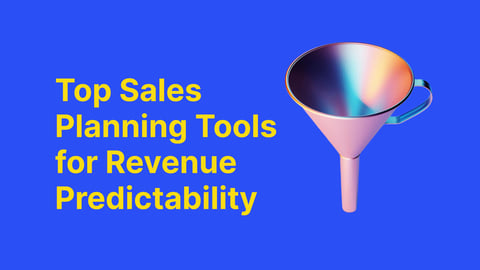A week ago, my friend and colleague, Joel Shapiro, Chief Analytics Officer at Varicent and a faculty member at the Kellogg School of Management, Northwestern University, wrote in a blog post that sales analytics provide “a foundation for better decision-making, opportunity-capturing, and problem-solving. Those that get there sooner will reap the rewards”.
With the advent of data science and machine learning, the ability to predict territory sales and other measures have created new sources of value for sales organizations.
Adapting those “rules of thumb”
In the absence of such digital services, sales targets are typically allocated across units, quotas are set, and territories constructed based on long standing “rules of thumb.” Such rules can often be in place and used repeatedly for years or even decades. As markets change, customer needs evolve, and competitors appear or disappear, such rules require changing and updating. It’s the role of data science to mimic these markets and their evolution. The ability of data science to mimic markets is a current, existing capability.
“Rules of thumb,” much like widely used spreadsheets, provide real danger in business organizations. They are easy to use and readily passed from one worker to another as well as from one year to the next. Replacing “rules of thumb” with data science and machine learning algorithms is an important source of business value creation.
Data still holds the key to success
However, as with all analytics, the quality and quantity of available data will also determine success.
Organizations that have put work into collecting internal and external data, while normalizing data from multiple systems, are able to shift their focus to more complex analytic challenges. The result can be greater sales productivity and increased revenue due to effective sales planning and territory optimization.
Sales leaders generally have access to four types of data:
- CRM opportunity and account information
- General ledger financial information
- Production and service delivery performance data
- Seller human resource and skill information.
Bringing these divergent data sets together can be very challenging.
Trusted data is equally important to success
Varicent market research has found that as sales leaders think about the trust they have in their data, a clear split emerges. Access to external data is often highly trusted while internal data is viewed as unreliable. The lack of trust in internal data specifically refers to any data collected and maintained by humans, such as sellers who do not maintain all opportunities uniformly within the CRM tool.
Capturing value from advanced analytics tools requires skilled data scientists, a discipled focus on data quality from all in the organization, and a willingness to give up the old, outdated “rules of thumb” with analytic insights as the replacement.
To learn how you can leverage analytics within your sales organization, download the whitepaper, “The Path to Improving Sales Effectiveness.”




